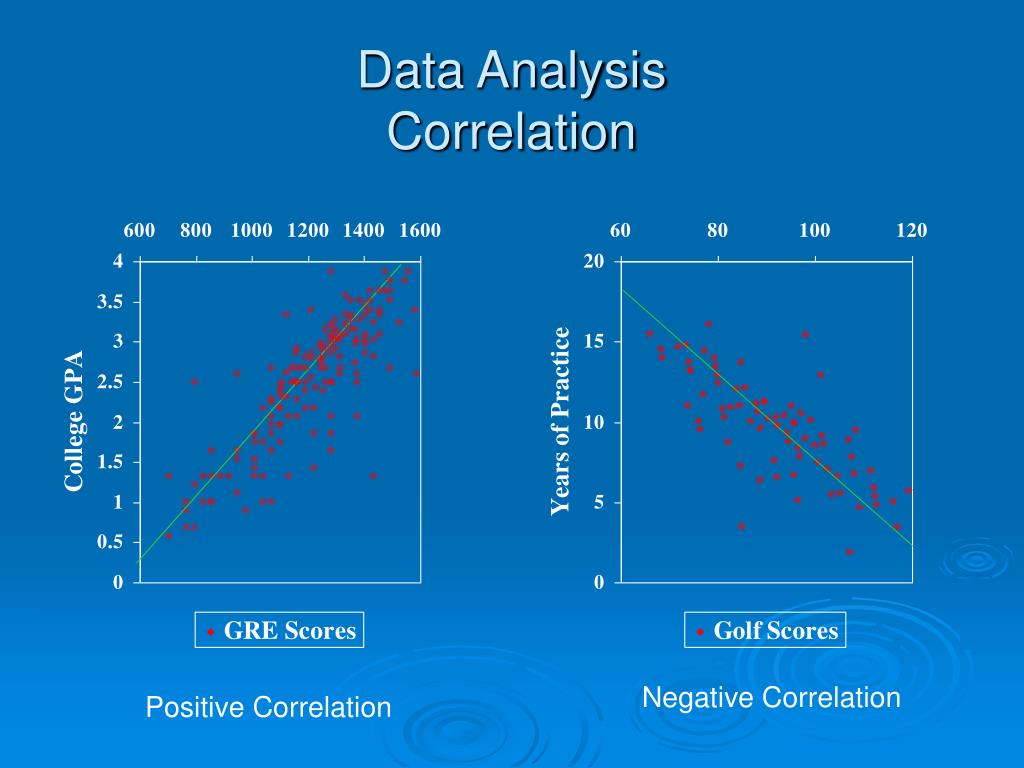

Positive and Negative Affect Schedule – The PANAS Scales.The Psychology of Positive and Negative Affectivity.These science-based exercises will not only enhance your ability to understand and work with your emotions but will also give you the tools to foster the emotional intelligence of your clients, students or employees.
#Negative correlation psychology definition download
Now that we’ve had our grammar lesson (I apologize if you fell asleep), we can move on to the really important part: figuring out what this third version of the word refers to.īefore you read on, we thought you might like to download our three Emotional Intelligence Exercises for free. “Affect” in this context is pronounced with the “a” as it is pronounced in “apple.” However, there’s an easy way to keep them apart: the pronunciation will help! While the first two versions are usually pronounced the same (something like “uh-fekt” or “eh-fekt”), the third version is pronounced with emphasis on the first syllable. (By the way, I have an effect on my spouse and my spelling affects my grade- the “e” spelling is for the noun and the “a” spelling is for the verb). Keeping track of these two different versions can prove challenging already, but you may have seen the third version of this word that actually refers to a completely different idea-now you have another “affect” to add to your vocabulary! Which is which, again? Do I have an affect or an effect on my spouse? Does my spelling affect my grade or effect my grade? The two correlation coefficients that appear most often in the literatureare the Pearson-product moment and the Spearmanrank sum.The difference between “affect” and “effect” is hard enough for a lot of us to grasp. Causation and correlation are two very differentthings. If a correlation exists between two variables, this does NOT imply that onevariable causes another.

if we know the value for one variable, and thecorrelation, we can predict what the value of the second variable will be) theymay NOT be used for causation (i.e. It is important to remember that while correlation coefficients can be usedfor prediction (i.e.

While the sign indivates how one variable changes with respect to anothervariable, the magnitude of the number indicates the strength of a relationship. In aninverse relationship (a negative correlation), one variable increases while the other decreases. Variables whichhave a direct relationship (a positive correlation) increase together and decrease together.

The sign of the correlation coefficient indicates whether the direction ofthe relationship is positive (direct) or negative (inverse).


 0 kommentar(er)
0 kommentar(er)
